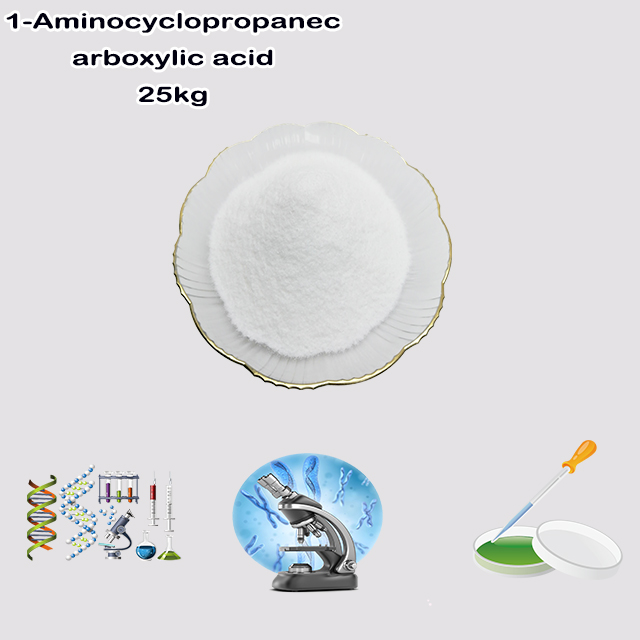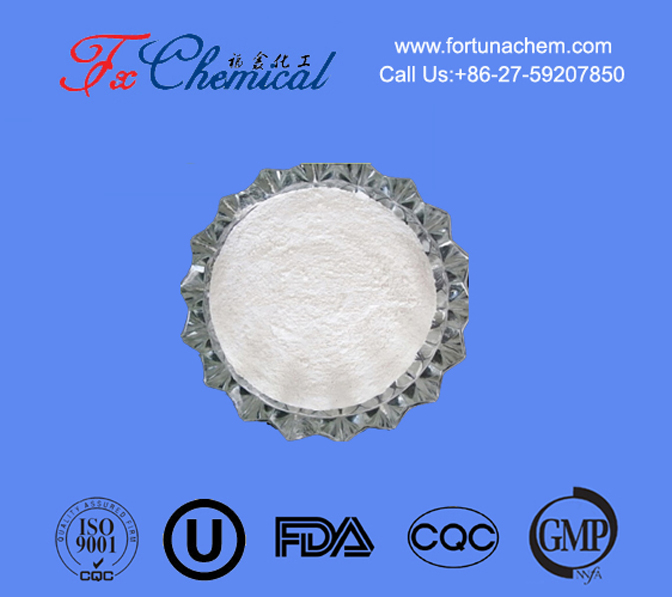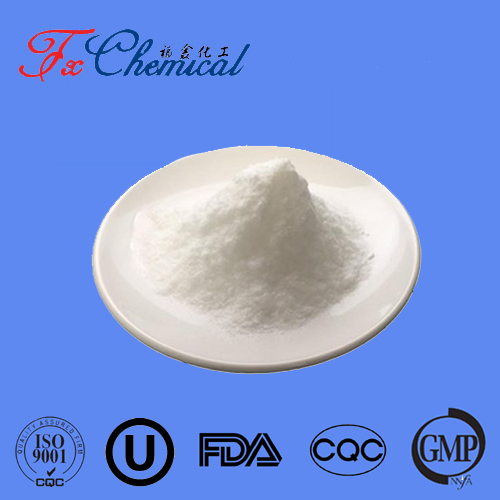
Search

Search




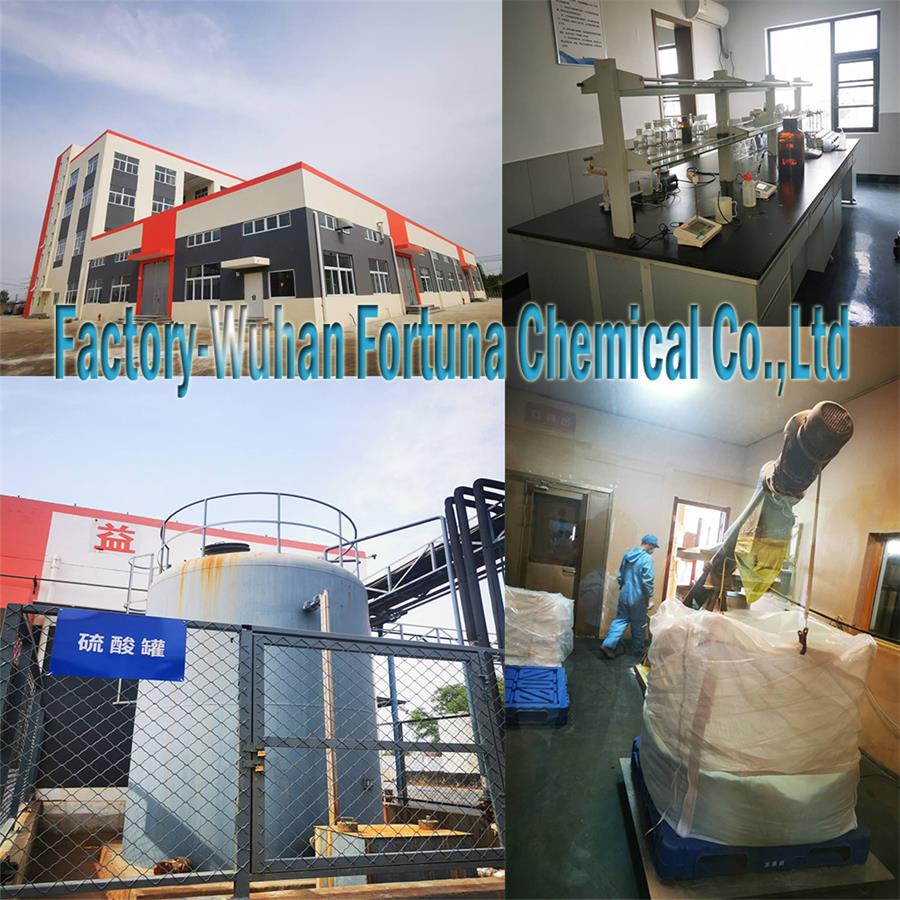






Items | Specifications | Results |
Appearance | White crystalline powder | |
Identification(I.R) | Positive | Complies |
Solution in water (2.5g in 100ml) | Complete clear without any color | Complies |
PH | 6.0~7.5 | 7.0 |
Specific rotation[α]20 D ,。 | 0º | 0º |
Chloride(as CL) PPM | ≤200 | <200 |
Sulfate(as SO4) PPM | ≤500 | <500 |
Ammonium [NH4]% PPM | ≤200 | <200 |
Heavy Metals(as Pb) ppm | ≤10 | <10 |
Iron[Fe] ppm | ≤30 | <30 |
Water % | 4.0-6.5 | 5.9 |
Assay % | 99.0 ~ 102.0 | 99.8 |
Conclusion | The product conforms to the above specifications. | |
DL-Aspartic Acid Potassium Salt is a chemical compound formed by combining Aspartic Acid with the mineral Potassium. To understand it fully, let's break down its name:
Aspartic Acid: This is a non-essential amino acid, meaning your body can produce it on its own. It plays several key roles in the body:
Protein Building: It's a building block for proteins.
Neurotransmitter: It acts as an excitatory neurotransmitter in the brain.
Urea Cycle: It's involved in the urea cycle, which removes ammonia (a waste product) from the body.
Energy Production: It plays a role in the Krebs cycle (citric acid cycle), which generates energy.
The "DL" Prefix: This refers to the molecule's structure. Aspartic acid can exist in two mirror-image forms (isomers):
D-Aspartic Acid (D-AA): This form is not commonly used in protein synthesis. Its most well-known role is in the endocrine system, where it is involved in the synthesis and release of hormones like Luteinizing Hormone (LH) and Testosterone, as well as in sperm production. This is the form heavily marketed in bodybuilding supplements.
L-Aspartic Acid (L-AA): This is the natural form found in dietary proteins and used by the body for building proteins and other metabolic processes.
"DL" means the supplement is a 50/50 mixture of the D- and L- forms.
Potassium Salt: The aspartic acid is bound to a potassium mineral. This serves two main purposes:
It makes the compound more stable and easier to use in powder or capsule form.
It provides a source of potassium, an essential electrolyte crucial for nerve function, muscle contraction, and fluid balance.
The uses for DL-Aspartic Acid Potassium Salt are almost exclusively in the dietary supplement realm, and they combine the purported benefits of its individual components.
This is the most prominent and controversial claim, which stems from the effects of the D-Aspartic Acid component.
Proposed Mechanism: D-AA is thought to stimulate the release of Luteinizing Hormone (LH) from the pituitary gland in the brain. LH then travels to the testes and signals them to produce more testosterone.
The Evidence: Initial studies in animals and a small human trial showed a significant increase in testosterone after supplementation with D-AA. However, larger and more recent human studies have largely failed to replicate these results. Many studies show no significant effect on testosterone levels in trained athletes or men with normal baseline levels.
Conclusion: The evidence for its effectiveness as a reliable testosterone booster is weak and inconsistent. It may have a temporary effect in sedentary men or those with low initial levels, but it does not appear to be effective for most of the athletic population.
This use comes from the Potassium and L-Aspartic Acid components.
Potassium: As an electrolyte, potassium is vital for preventing muscle cramps, maintaining proper hydration, and supporting nerve signals during intense exercise.
L-Aspartic Acid: It is involved in the Krebs cycle, and some theories suggest it could help reduce fatigue by mopping up ammonia, a byproduct of intense exercise that contributes to fatigue. However, the evidence for this specific effect is not strong.
Amino acids like aspartic acid can bind to minerals (forming a "chelate"), which may theoretically improve the absorption of the potassium in the gut compared to other forms like potassium chloride.
Commonly Found In: Testosterone-boosting supplements, "natural" athletic performance enhancers, and sometimes in electrolyte formulas.
Safety and Side Effects:
Generally considered safe at recommended doses.
Potential side effects are not well-documented but could mirror those of D-Aspartic Acid, which include mood changes or irritability in some users.
The potassium content is a critical consideration. People with kidney problems or those taking medications that affect potassium levels (like certain blood pressure drugs) should be extremely cautious, as too much potassium can be dangerous.
The "DL" vs. "D" Debate: Most of the research on testosterone is specifically on D-Aspartic Acid. The "DL" form provides only half the amount of the supposedly active D- form, along with the L- form which the body already produces in abundance. This makes the rationale for using the DL form for testosterone boosting even weaker.
| Feature | Description |
|---|---|
| What it is | A potassium salt of a 50/50 mixture of D- and L-Aspartic Acid. |
| Primary Claim | Testosterone Boosting (from the D-AA component), but evidence is weak and inconsistent. |
| Other Uses | Electrolyte (Potassium) support, potential athletic performance aid. |
| Common Forms | Powder, capsules. |
| Key Consideration | The potassium content can be risky for individuals with kidney issues. The evidence for its main claim (testosterone boosting) is not robust. |
Disclaimer: This information is for educational purposes only and is not a substitute for professional medical advice. The claims about testosterone boosting are not evaluated by the FDA and are not supported by strong scientific evidence. Always consult with a healthcare provider before taking any new supplement, especially if you have underlying health conditions (like kidney disease) or are taking other medications.
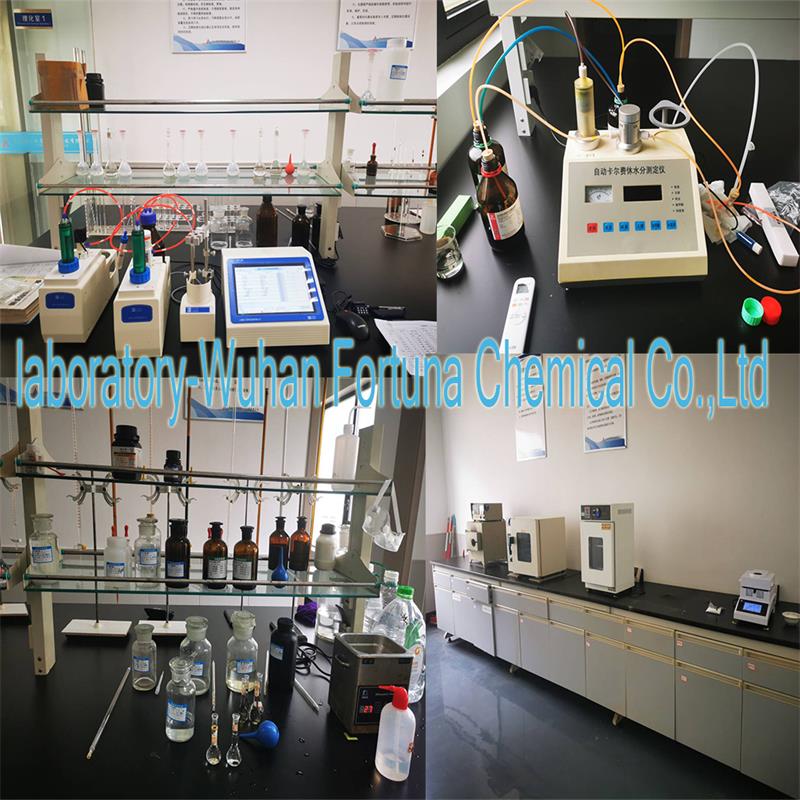

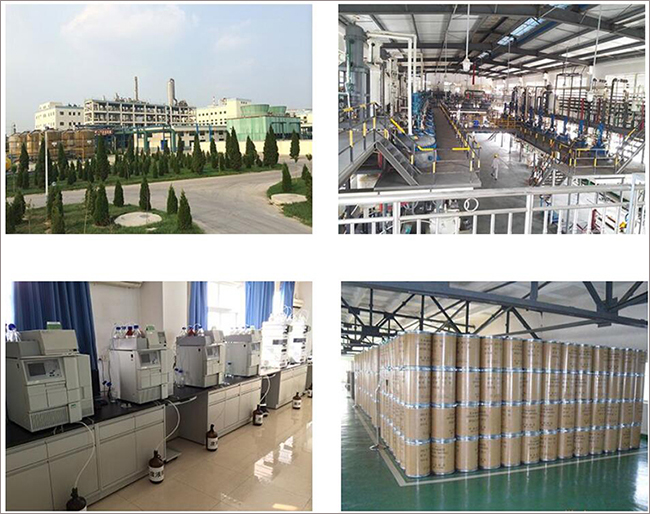

Fortunachem Provides Not Only Professional Chemical Products But Also Professional Help
Keeping you up-to-date with all the latest information, news, and events about Fortunachem!

Quick Links
Add:
E-mail:
 English
English  Español
Español  français
français  العربية
العربية 